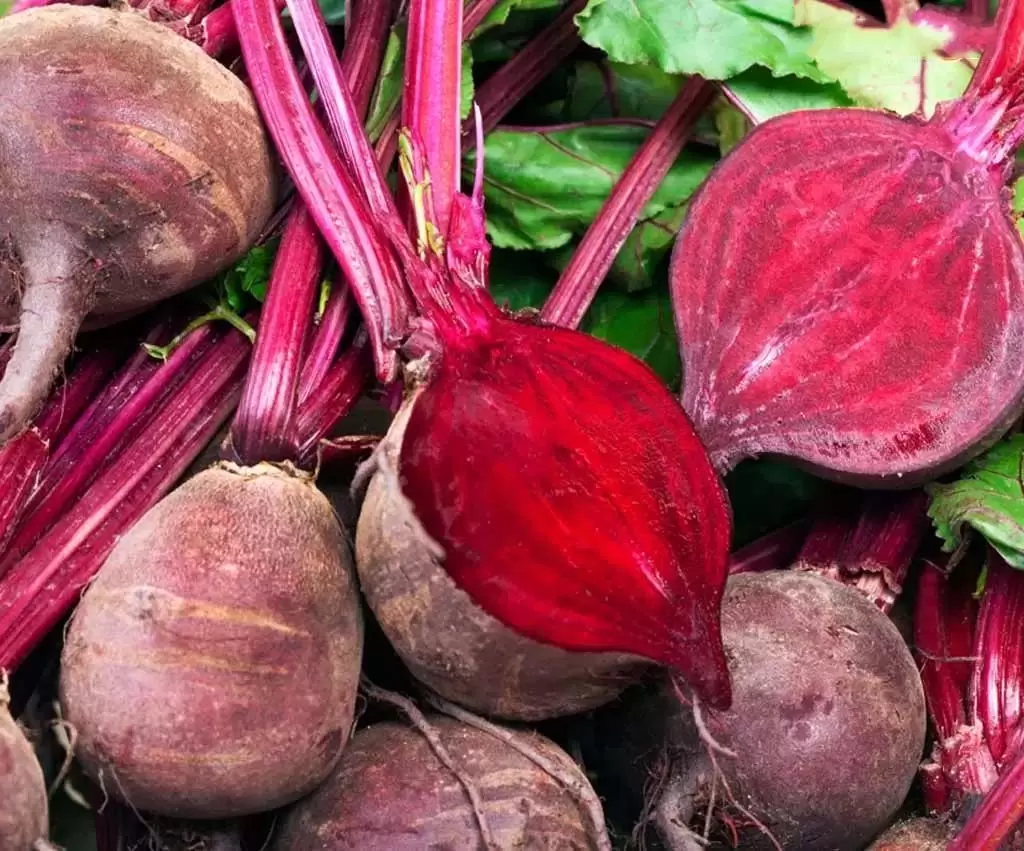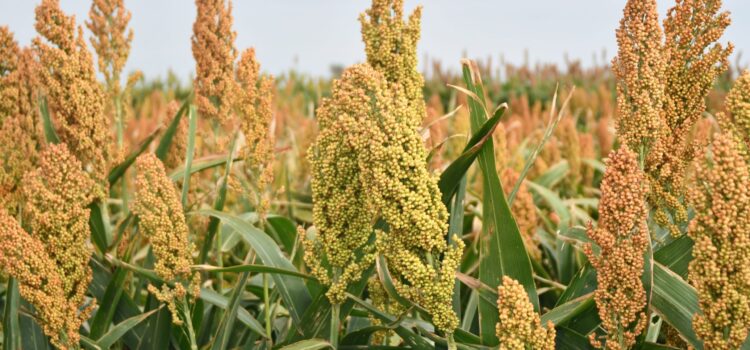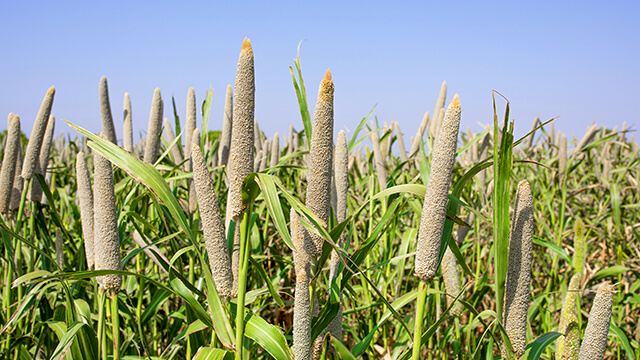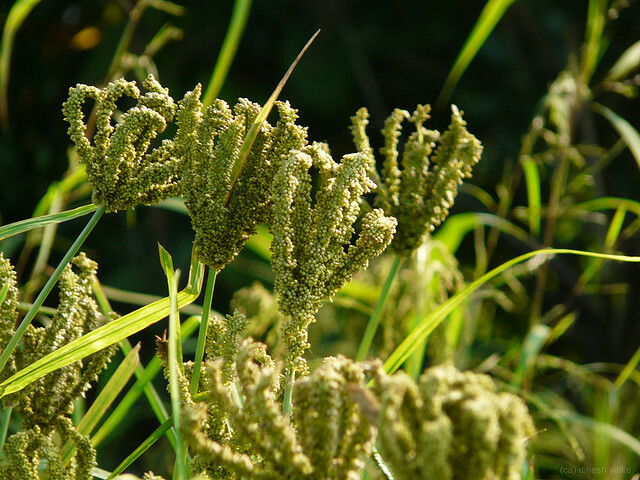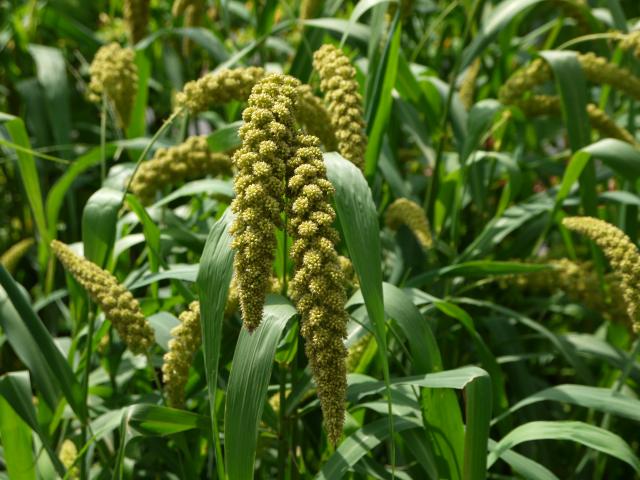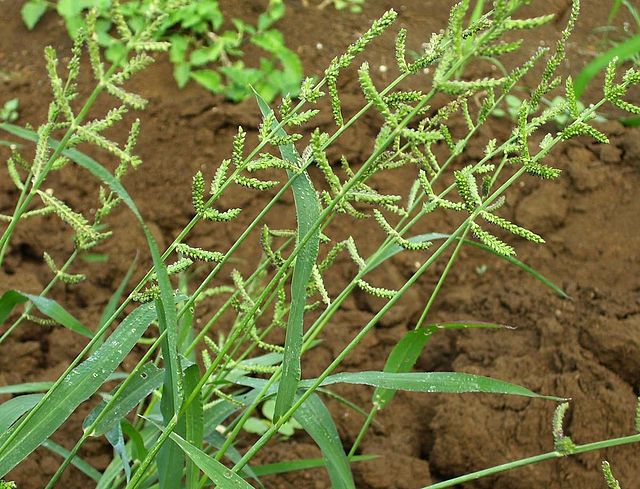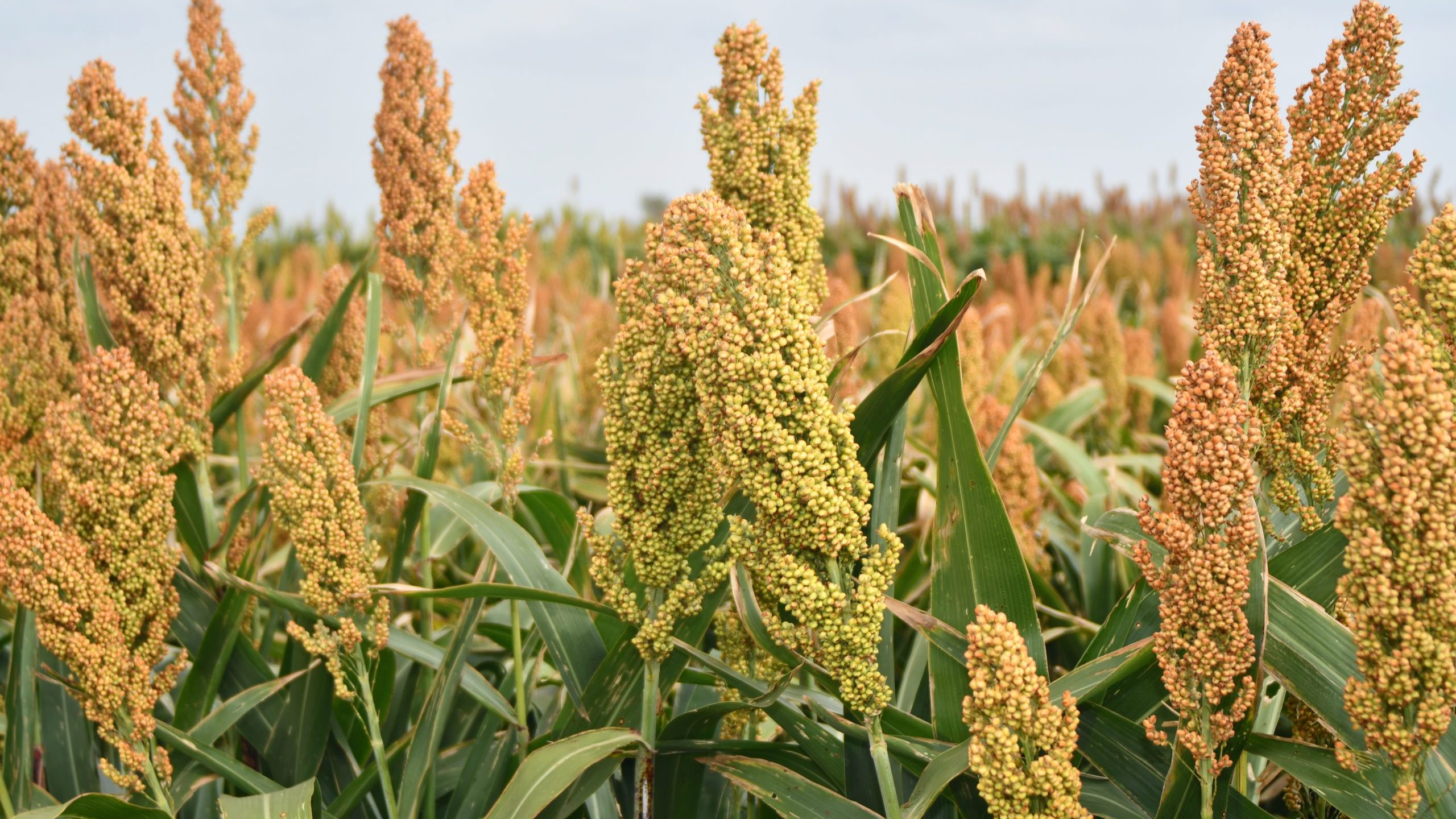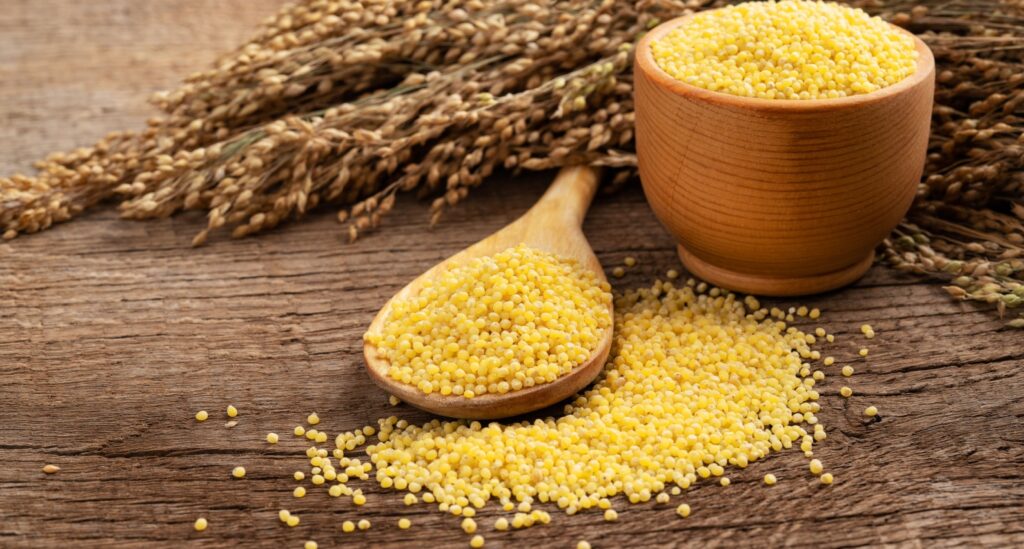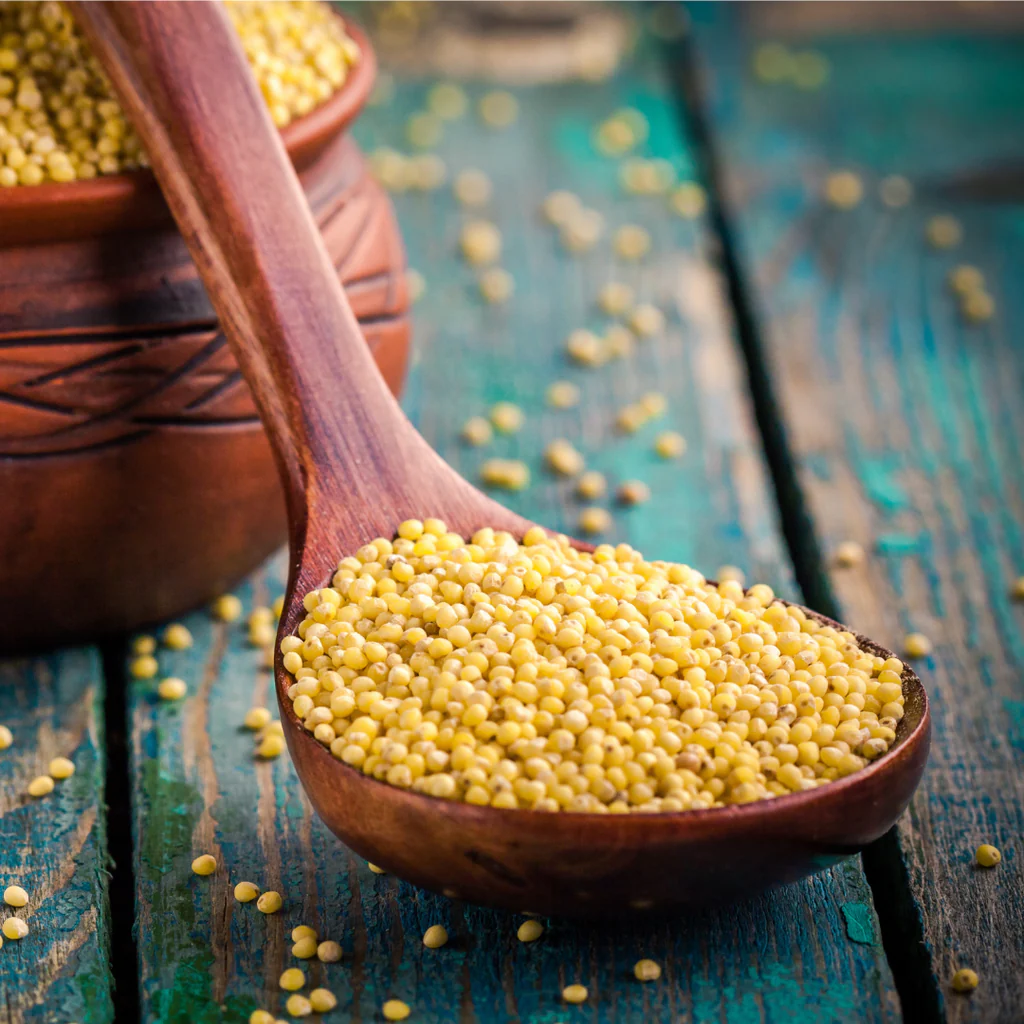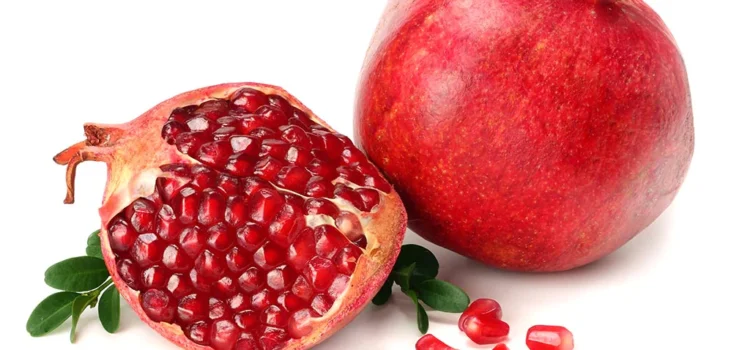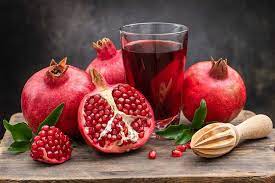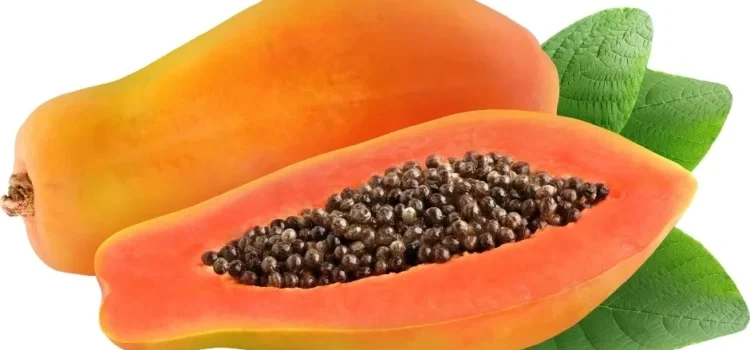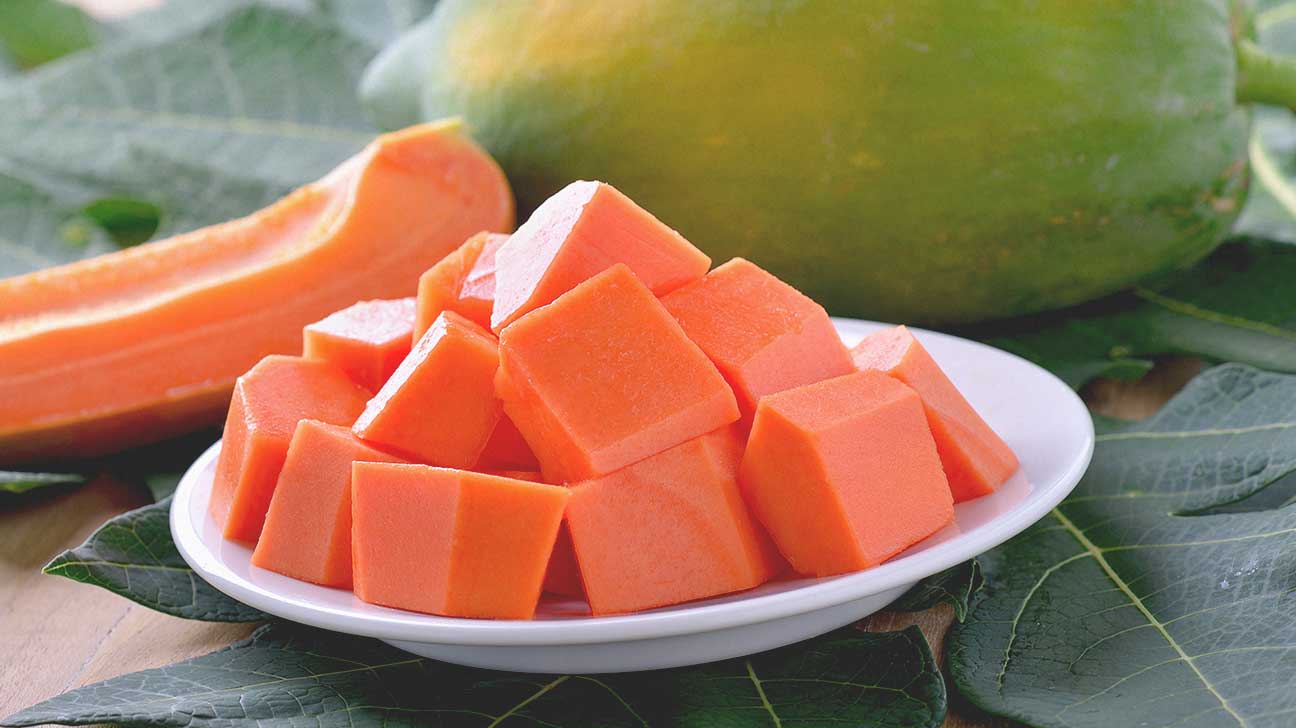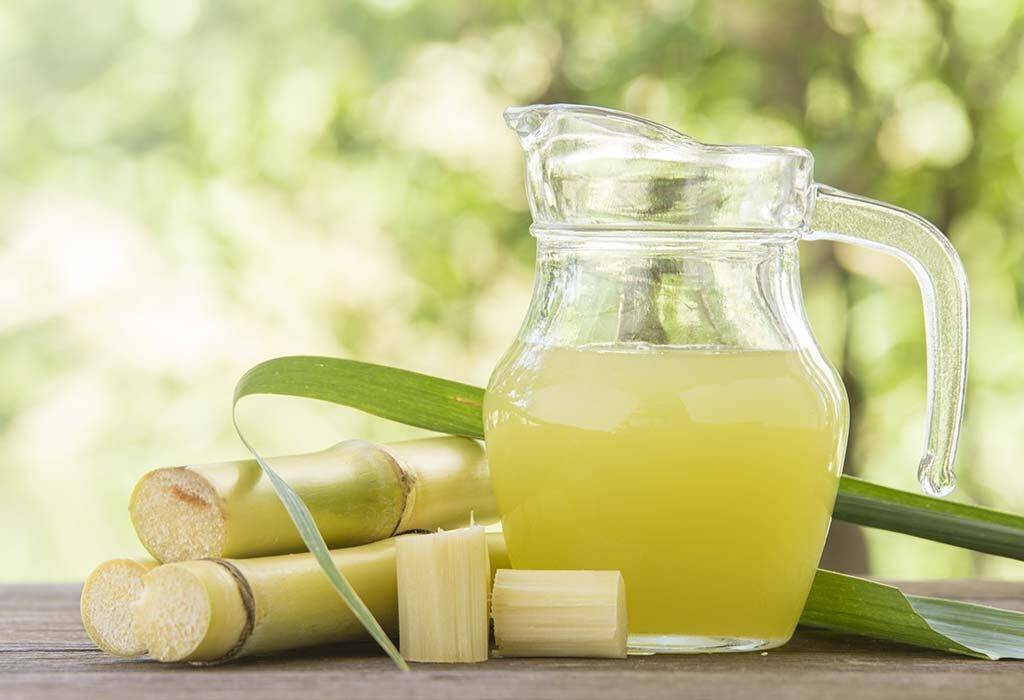Sugarcane Cultivation: A Complete Guide
Sugarcane is a tall, perennial grass species scientifically known as Saccharum officinarum. It is widely cultivated for its high sugar content, which is extracted from the cane stalks. Sugarcane is primarily grown in tropical and subtropical regions due to its need for warm temperatures and abundant rainfall. The plant itself consists of thick, fibrous stalks that can reach several meters in height. The stalks are filled with sucrose, a type of sugar, which is stored in the cane’s juice. Sugarcane is harvested by cutting the stalks close to the ground, typically using machinery. After harvesting, the canes are transported to sugar mills, where they undergo processing to extract the sugar.
Sugarcane is a valuable crop with various uses. The primary purpose of cultivating sugarcane is to produce sugar, which is used in a wide range of food and beverage products. Additionally, sugarcane can be used to produce molasses, ethanol, and biofuels. The fibrous residue left after sugar extraction, known as bagasse, is used as a biofuel or as a raw material for manufacturing paper and other products. Sugarcane cultivation has a long history, dating back thousands of years. It originated in Southeast Asia and spread to other parts of the world through human migration and trade. Today, countries such as Brazil, India, China, Thailand, and Australia are among the largest producers of sugarcane.
Sugarcane cultivation involves several steps and requires specific growing conditions. Here is an overview of the process:

Fig. Sugarcane Showing
1. Climate and Soil Requirements:
Sugarcane thrives in tropical and subtropical regions with temperatures ranging between 20°C and 30°C (68°F to 86°F). It requires a frost-free period and abundant rainfall or access to irrigation. Well-drained, fertile soils with good water-holding capacity are ideal for sugarcane cultivation.
2. Land Preparation:
The land is prepared by plowing and harrowing to remove weeds, loosen the soil, and create a suitable seedbed for planting.
3. Planting Material:
Sugarcane is propagated from stalk cuttings called “setts” or “billets.” These are sections of mature cane stalks with at least one bud or “eye.” The setts are planted in furrows or trenches.
4. Planting:
The setts are planted either manually or with machinery. They are placed horizontally or at a slight angle in the furrows and covered with soil. Adequate spacing is maintained between the setts to allow proper growth and facilitate field operations.
5. Irrigation:
Sugarcane requires consistent moisture throughout its growth cycle. In areas with insufficient rainfall, irrigation systems such as overhead sprinklers or drip irrigation are used to provide water to the plants.
6. Weed Control:
Weed competition can significantly impact sugarcane yield. Weed control methods include mechanical cultivation, hand weeding, or the application of herbicides. It is essential to control weeds during the early stages of growth.
Weed Management
- Wherever weed menace is higher, one line weeding along the crop row and spade digging of ridges have to be done on 30, 60 and 90 DAP
- Spray Atrazine 2 kg or Oxyflurofen 750 ml/ha mixed in 600 liters of water as pre emergence herbicide on the 3rd day of planting, using deflector or fan type nozzle fitted with knapsack sprayer.
- The pre emergence application of atrazine @ 1.0 kg a.i. ha-1 on 3 DAP followed by post emergence directed application of glyphosate @ 1.0 lit ha-1on 45 DAP with hood+ one hand weeding on 90 DAP registered the maximum cane yield.
- If pre-emergence spray is not carried out, go in for post-emergence spray of Grammaxone litre + 2,4-D sodium salt 2.5 kg/ha in 600 liter of water on 21st day of planting.
- If the parasitic weed striga is a problem, post-emergence application of 2,4-D sodium salt @ kg/ha in 500 litre of water/ha may be done. 2, 4-D spraying should be avoided when neighbouring crop is cotton or bhendi. Apply 20% urea also for the control of striga as direct spray.
- Pre- plant application of glyphosate at 2.0 kg ha-1 along with 2% ammonium sulphate at 21 days before planting of sugarcane followed by post emergence direct spraying of glyphosate at 2.0 kg ha-1 along with 2% ammonium sulphate with a special hood on 30 DAP suppressed the nut sedges (Cyperus rotandus) and provided weed free environment.
- If herbicide is not applied work the junior-hoe along the ridges on 25, 55 and 85 days after planting for removal of weeds and proper stirring. Remove the weeds along the furrows with hand hoe. Otherwise operate power tiller fitted with tynes for intercultivation.
- Control of creeper weeds post emergence directed application of fernoxone (2, 4 –D sodium salt) @ 2 gm + 10 gm of urea per liter of water may be sprayed over the creeper weeds
References: TNAU, Agritech Portal
7. Fertilizer Requirement
The nitrogen requirement of sugarcane depends upon the soil & climate. It ranges from 150 kg/ha in Uttar Pradesh to 270 kg/ha in Tamil Nadu and 300 to 500 kg/ha in Maharashtra & Karnataka. Nitrogen is given in the form of urea applied one-third at planting & the remaining two-thirds in 2 equal splits at tillering & at the commencement of grand growth stage. The fertilizers may also be applied as basal dose through diammonium phosphate to supply full P & part of N. The phosphorous is required at 40-60 kg of P2O5/ha. The response of sugarcane to potassium has been obtained only in localized pockets of light soils. Nowadays deficiency of sulphur is constantly increasing in Indian soils & it has become a limiting factor in sugarcane culture. In marginally deficient soils, the application of 40-60 kg S/ha has been found to be useful. 20-30 kg ZnSo4/ha and FYM/Compost of 10 tonnes/ha may be applied.
8. Pest and Disease Management:
Sugarcane is susceptible to various pests and diseases. Integrated pest management practices are employed to control pests, including insects, rodents, and nematodes. Fungicides or other treatments may be used to manage diseases such as smut, rust, or leaf scald. For the details information read the paragraphs of insect pest and disease bellow.
9. Processing:
After harvesting, the sugarcane stalks are transported to sugar mills or processing plants. At the mill, the stalks are crushed to extract the juice, which undergoes a series of steps including clarification, evaporation, crystallization, and drying to produce sugar.
10. Residue Utilization:
The fibrous residue called bagasse, left after sugar extraction, can be used as a source of renewable energy through combustion or conversion into biofuels. It can also be utilized as a raw material in the production of paper, board, or other products.
Sugarcane cultivation is a labor-intensive process that requires careful management throughout the growing season to ensure optimal growth, yield, and sugar quality.
Global Cultivating Verities of Sugarcane
Sugarcane is grown globally in various regions, and different commercial varieties are cultivated based on local conditions and requirements. Here are some globally cultivated sugarcane varieties:
1. R570:
This variety is widely grown in Brazil and is known for its high sucrose content and good ratooning ability. It is suitable for both sugar production and ethanol production.
2. CP 72-2086:
This variety is popular in Australia and is well-adapted to the local climate. It has good yield potential, disease resistance, and is used for sugar production.
3. NCo376:
This variety is extensively cultivated in China and other East Asian countries. It has good resistance to lodging and is suitable for both sugar and ethanol production.
4. M 41-24:
This variety is commonly grown in India and is known for its high sugar content. It is used for sugar production and is adaptable to various agro-climatic conditions.
5. PR 69278:
This variety is widely cultivated in South Africa and is suitable for both sugar and ethanol production. It has good resistance to diseases and pests.
6. KPS 5/2:
This variety is popular in Thailand and is well-suited for sugar production. It has good yield potential, disease resistance, and adaptability to tropical conditions.
7. Q117:
This variety is extensively grown in the United States, particularly in Louisiana and Florida. It is a high-yielding variety with good sugar content and is used for sugar production.
8. NCo310:
This variety is commonly cultivated in the Philippines and other Southeast Asian countries. It is known for its high sugar content and good ratooning ability.
9. BSES 810:
This variety is popular in Fiji and other Pacific Island countries. It is resistant to sugarcane diseases and pests and is used for both sugar and ethanol production.
10. H 65-7052:
This variety is extensively grown in Mexico and is known for its high sugar content and good yield potential. It is used for sugar production.
Insect Pest and Disease in Sugarcane
Sugarcane is susceptible to various insect pests and diseases that can affect its growth and productivity. Here are some common insect pests and diseases that affect sugarcane:
Insect Pests:
1. Sugarcane Aphid (Melanaphis sacchari):
It is a major insect pest that damages sugarcane by sucking sap from the plants, resulting in stunted growth and reduced sugar content.
2. Sugarcane Borer (Diatraea spp.):
The larvae of these moths bore into the sugarcane stalks, leading to reduced cane thickness, lodging, and increased susceptibility to diseases.
3. Early Shoot Borer (Chilo infuscatellus):
The larvae of this pest tunnel into the sugarcane shoots, causing deadhearts and reducing the number of millable canes.
4. White Grubs (Various species):
The larvae of white grubs feed on sugarcane roots, leading to poor nutrient uptake and stunted growth.
Diseases:
1. Sugarcane Smut (Sporisorium scitamineum):
This fungal disease affects the inflorescence and causes the formation of black, sooty spore masses, resulting in reduced yield and quality of sugarcane.
2. Red Rot (Colletotrichum falcatum):
It is a destructive fungal disease that affects the sugarcane stalks, causing red discoloration, rotting, and yield losses.
3. Leaf Scald (Xanthomonas albilineans):
This bacterial disease causes chlorotic streaks on the leaves, leading to reduced photosynthesis, stunted growth, and yield reduction.
4. Ratoon Stunting Disease (Leifsonia xyli subsp. xyli):
It is a bacterial disease that affects the ratoon (secondary) crop and causes stunting, chlorosis, and yield loss.
5. Sugarcane Mosaic Virus:
This viral disease causes mosaic patterns on the leaves, reduced stalk growth, and yield losses.
6. Fusarium Wilt (Fusarium spp.):
This fungal disease infects the roots and vascular system of sugarcane, resulting in wilting, stunted growth, and yield reduction.
Control measures for managing insect pests and diseases in sugarcane typically involve a combination of cultural practices, biological control methods, chemical pesticides, and resistant varieties. Integrated Pest Management (IPM) strategies are commonly employed to minimize the impact of pests and diseases while reducing reliance on chemical inputs.
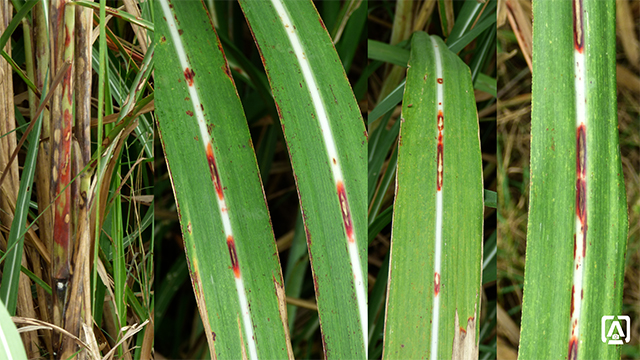
Fig. Symptom of Red Rot Diseases on Leaves and Steam of Sugarcane
Economic Importance of Sugarcane
Sugarcane holds significant economic importance worldwide. Here are some key aspects of its economic significance:
1. Sugar Production:
Sugarcane is primarily cultivated for the production of sugar. The extraction and refining of sugar from sugarcane juice or syrup is a major industry in many countries. Sugar is a widely consumed commodity globally and is used in various food and beverage products, confectionery, and food processing industries. The sugar industry contributes to employment generation, revenue generation, and foreign exchange earnings for many sugarcane-producing nations.
2. Ethanol Production:
Sugarcane is also a valuable feedstock for ethanol production. Ethanol is produced through the fermentation and distillation of sugarcane juice or molasses. Ethanol serves as a renewable biofuel and is used as a blending component in gasoline or as a standalone fuel. Sugarcane-based ethanol has gained importance as a cleaner and more sustainable alternative to fossil fuels, contributing to energy security and reduced greenhouse gas emissions in countries with ethanol production programs.
3. Job Creation:
Sugarcane cultivation and processing provide employment opportunities, especially in rural areas. Large-scale sugarcane farms require a considerable workforce for planting, harvesting, and maintenance activities. Sugar mills and ethanol distilleries also employ a significant number of workers for processing, packaging, and transportation operations. The sugarcane industry contributes to rural livelihoods and income generation for numerous farming communities.
4. Revenue Generation:
The sugarcane industry contributes to the economic growth of many countries through revenue generation. Sugarcane cultivation and processing operations generate income for farmers, mill owners, and other stakeholders in the supply chain. Additionally, the export of sugar and ethanol can contribute to foreign exchange earnings for sugarcane-producing nations.
5. Agro-industrial Development:
The sugarcane industry often serves as a catalyst for agro-industrial development in many regions. Sugar mills and ethanol distilleries form the core of integrated sugarcane processing complexes, which can foster the establishment of ancillary industries such as packaging, machinery manufacturing, logistics, and other supporting services. This leads to the creation of a local industrial ecosystem, attracting investment and promoting regional development.
6. Rural Development:
Sugarcane cultivation can contribute to rural development by providing a sustainable livelihood for farmers and creating economic opportunities in rural areas. It helps to diversify agricultural activities, reduce rural migration, and enhance the socio-economic conditions of farming communities.
7. By-Products and Co-Products:
The processing of sugarcane generates valuable by-products and co-products. Bagasse, the fibrous residue left after juice extraction, can be utilized as a source of renewable energy through cogeneration, producing heat and electricity for internal use or sale to the grid. Molasses, a by-product of sugar production, can be used as a feedstock in animal feed, alcohol production, or the manufacturing of industrial chemicals. The economic importance of sugarcane extends beyond the direct production of sugar and ethanol, impacting various sectors of the economy, job creation, rural development, and energy sustainability.
Growing & Harvesting Season of Sugarcane
The growing season of sugarcane can vary depending on several factors such as the specific variety being cultivated, the geographical location, and the climate conditions of the region. Generally, the growing season of sugarcane can be described as follows:
1. Planting:
Sugarcane is typically planted during the early stages of the growing season. In tropical and subtropical regions, where sugarcane thrives, planting often occurs in the spring or early summer when soil temperatures are warm and there is sufficient moisture. This allows the sugarcane to establish well before the onset of the rainy season.
2. Growth and Development:
After planting, sugarcane goes through a period of active growth. It requires warm temperatures, ample sunlight, and regular rainfall or irrigation for optimal development. Sugarcane is a perennial crop, meaning it can be grown for multiple years by allowing it to regrow from the base of the stalks after harvest (ratooning).
3. Harvest:
The timing of harvest depends on various factors, including the specific variety and intended use of the sugarcane. Sugarcane is typically harvested when it reaches maturity, which is indicated by changes in the color and size of the stalks, as well as the sugar content. Harvesting usually takes place in the late autumn or winter months, although it can vary based on regional variations in climate.
4. Ratooning:
After the initial harvest, sugarcane can be allowed to regrow from the base of the stalks in a process known as ratooning. Ratooning allows for additional harvests in subsequent years without replanting the entire crop. Each ratoon crop has its own growing season, and the number of ratoons can vary depending on local conditions and management practices. It’s important to note that the specific duration of the growing season can vary significantly based on the factors mentioned above. In some regions with favorable conditions, sugarcane can have a growing season of 9 to 12 months or more, while in cooler or less optimal regions, the growing season may be shorter. Additionally, the use of early-maturing or late-maturing varieties can also impact the length of the growing season. Local agricultural extension services or experts can provide more precise information on the growing season of sugarcane in specific locations.
